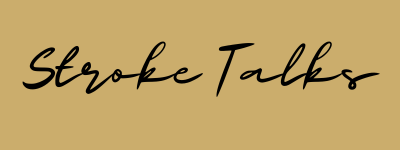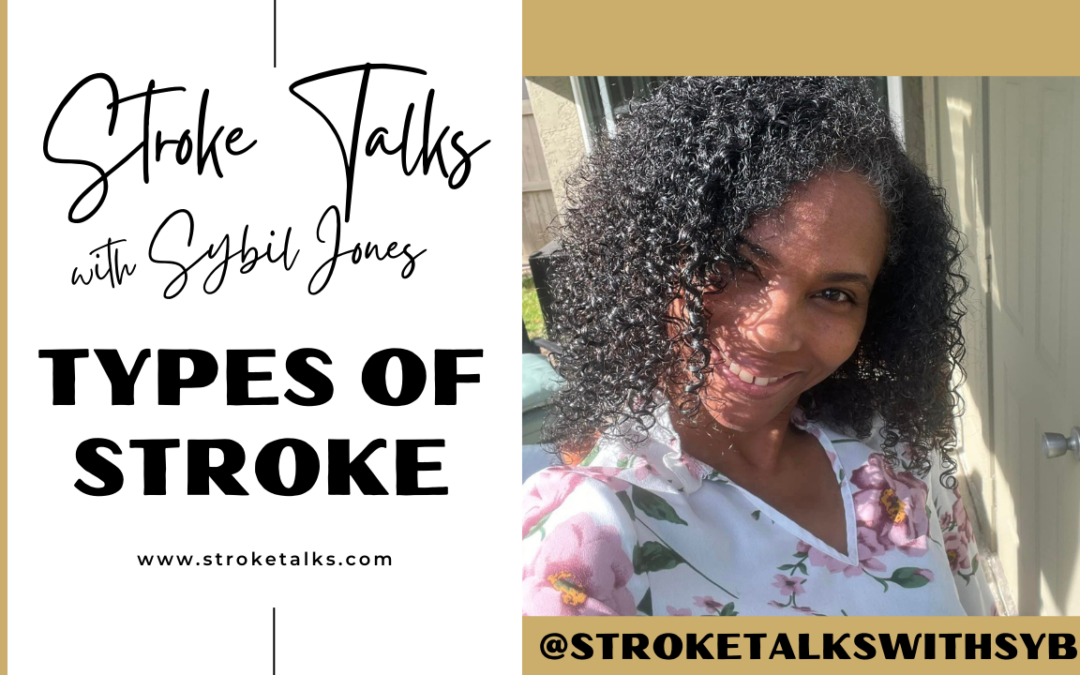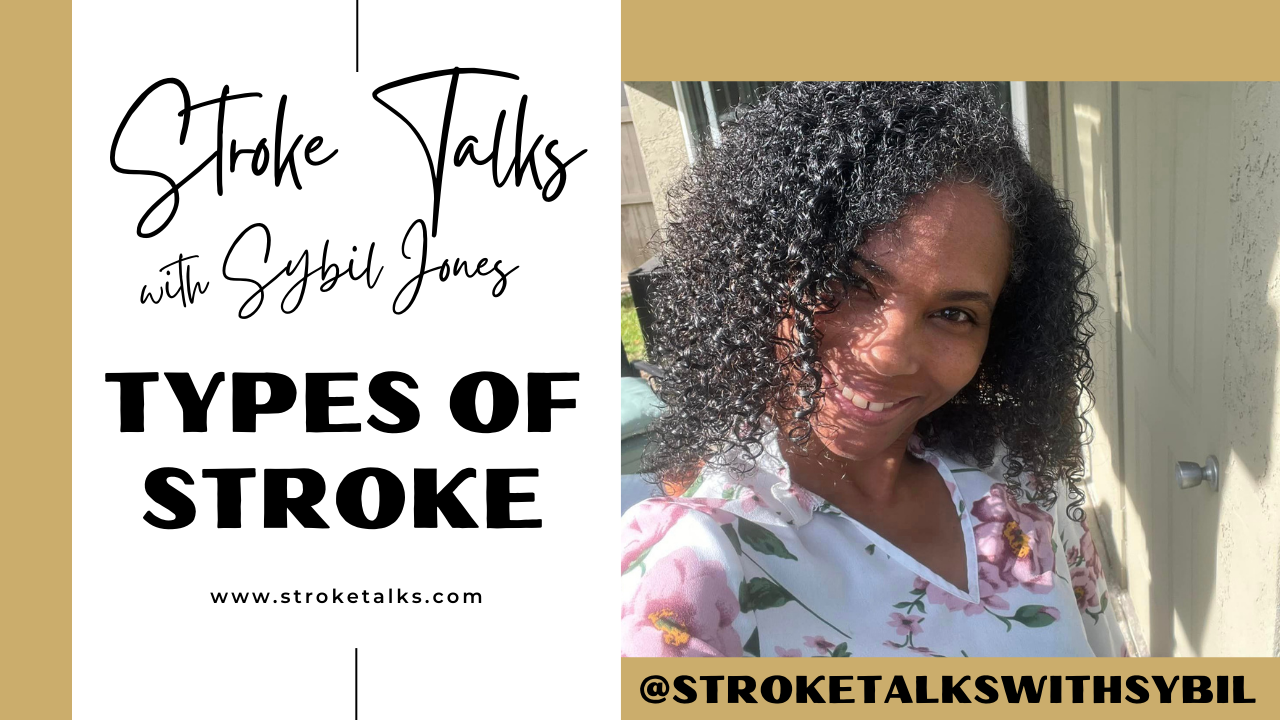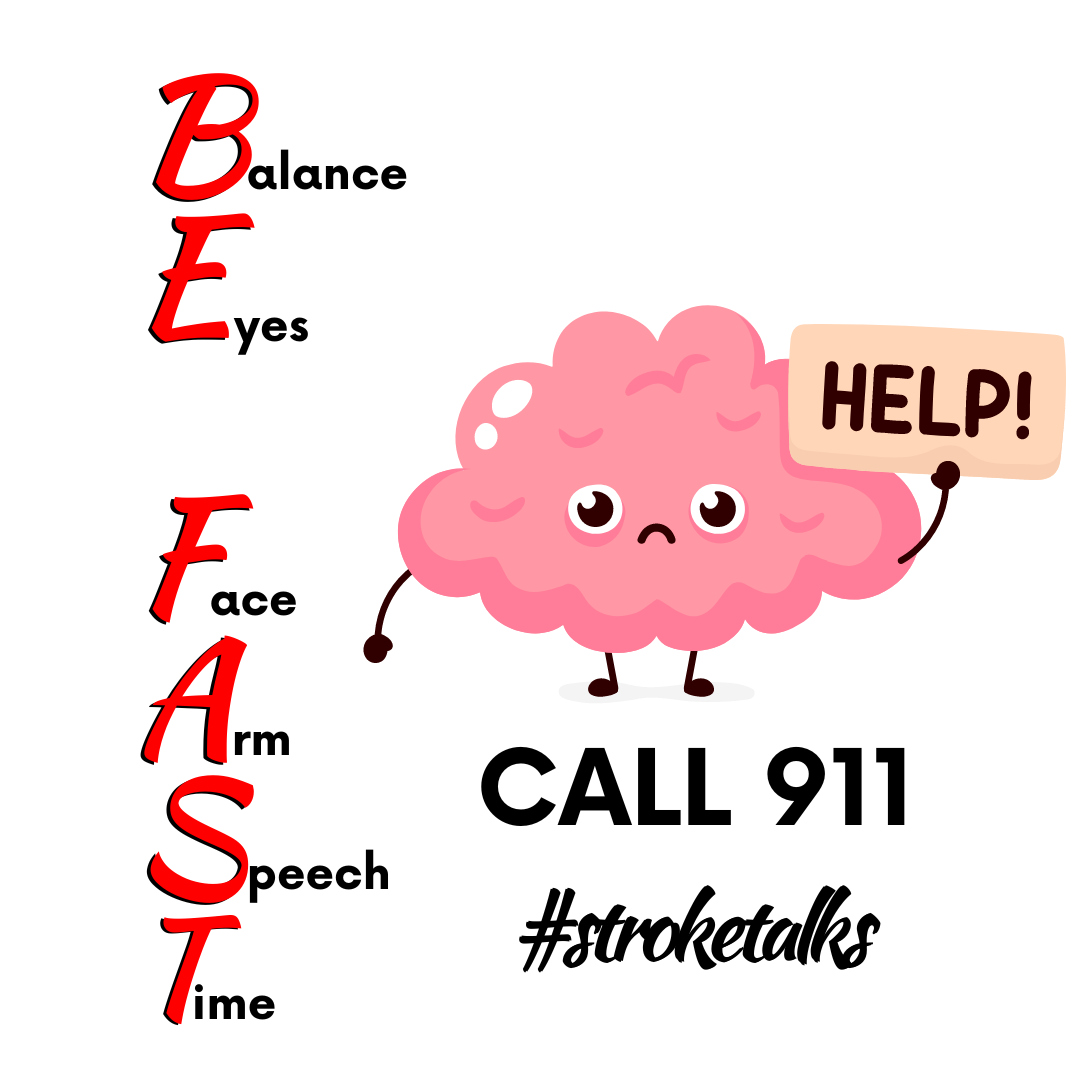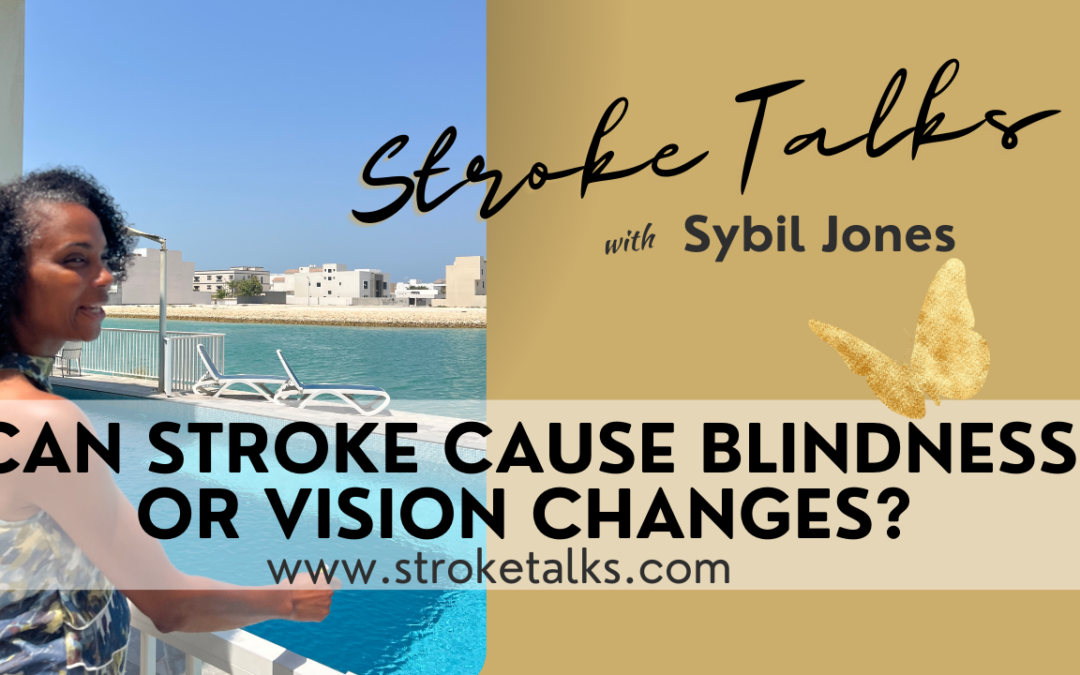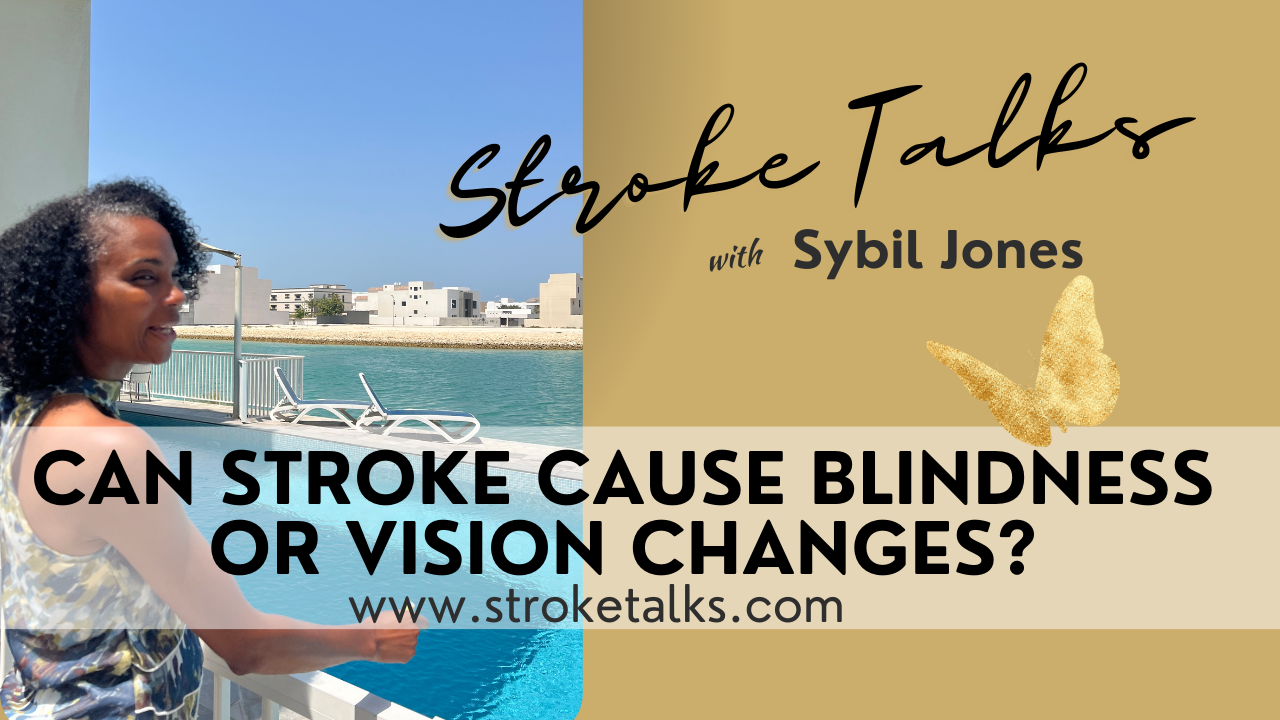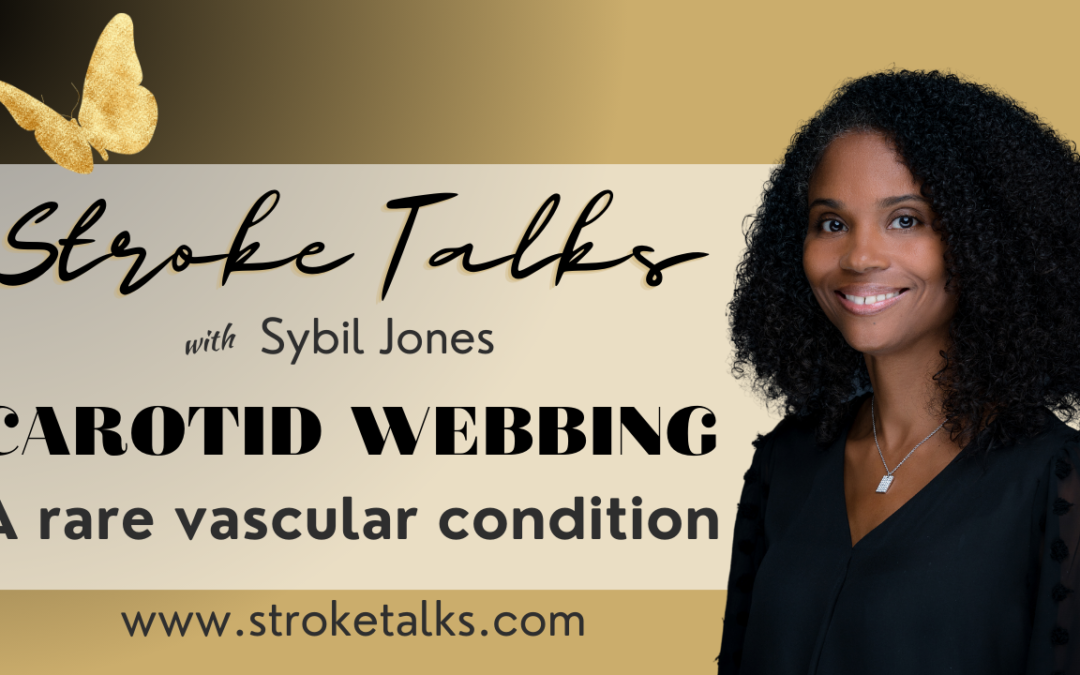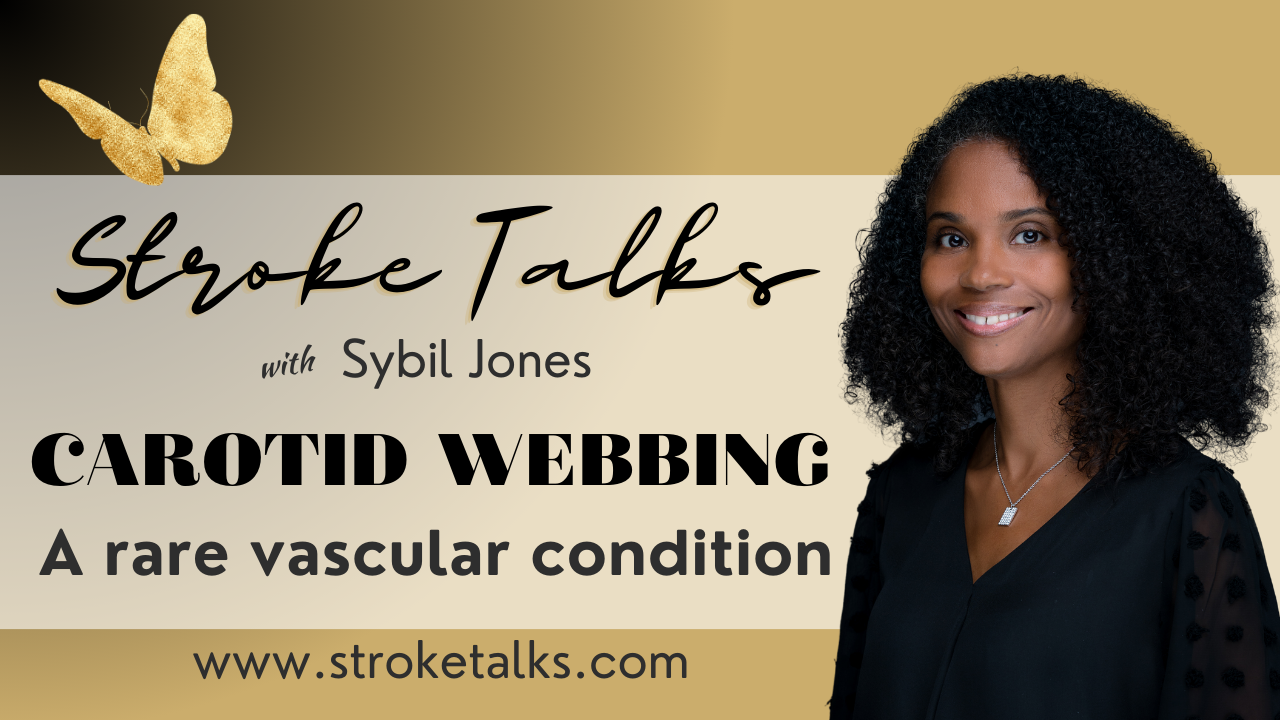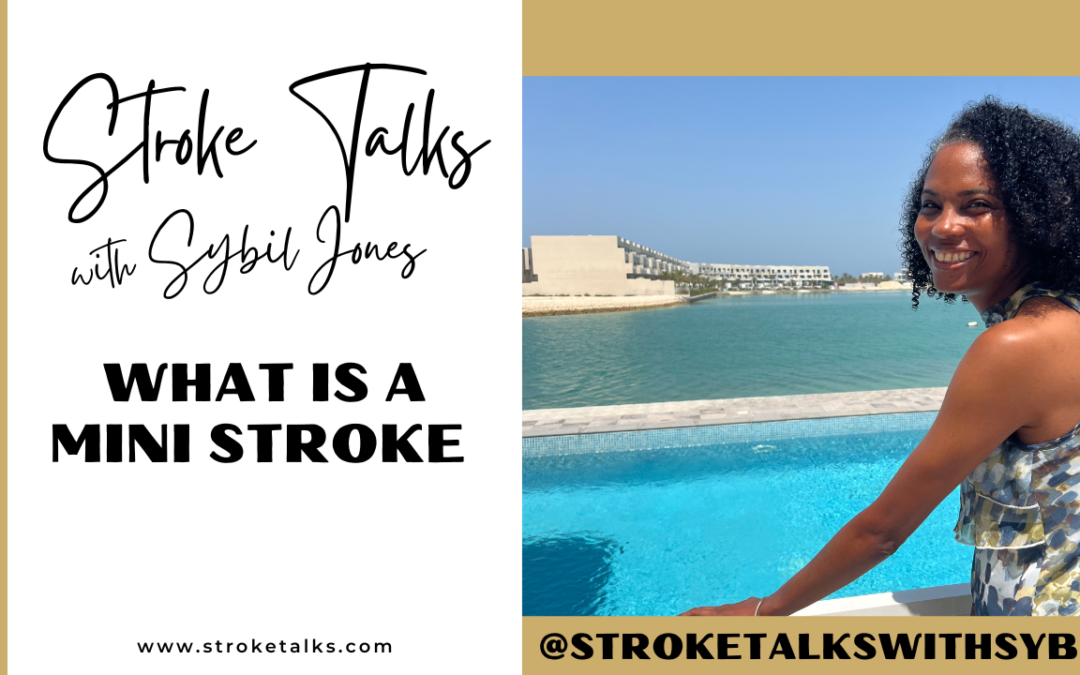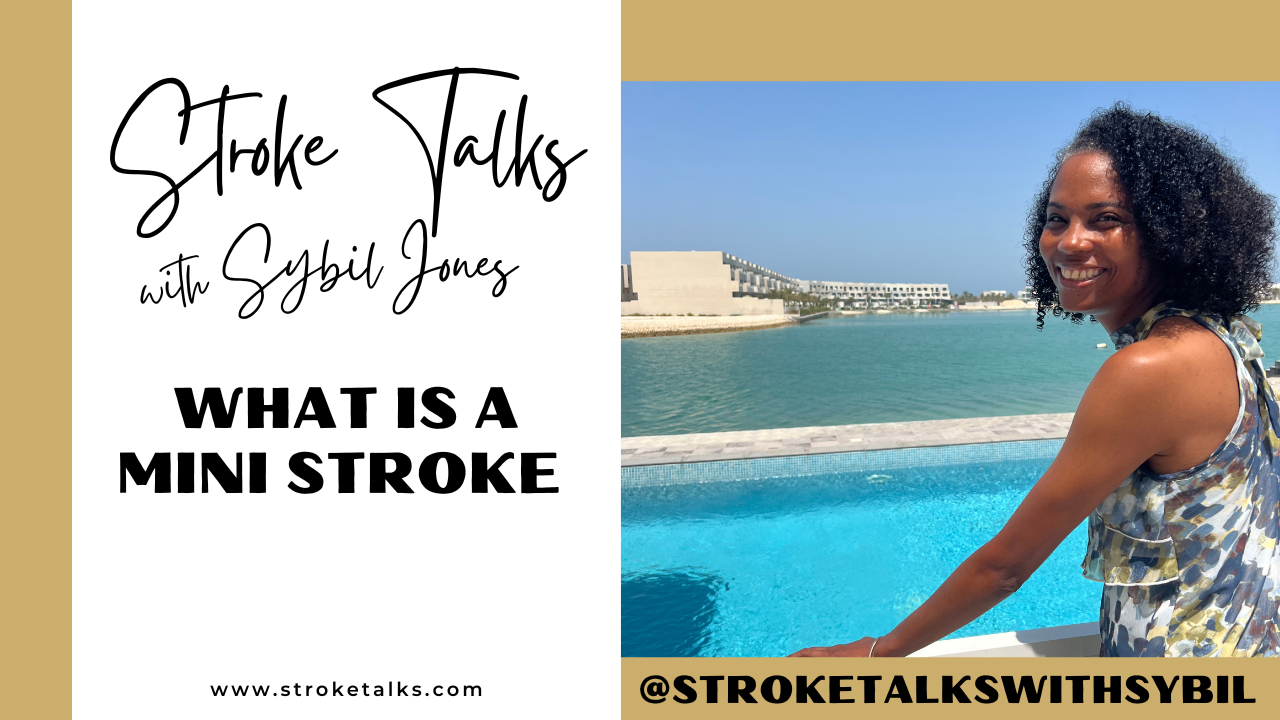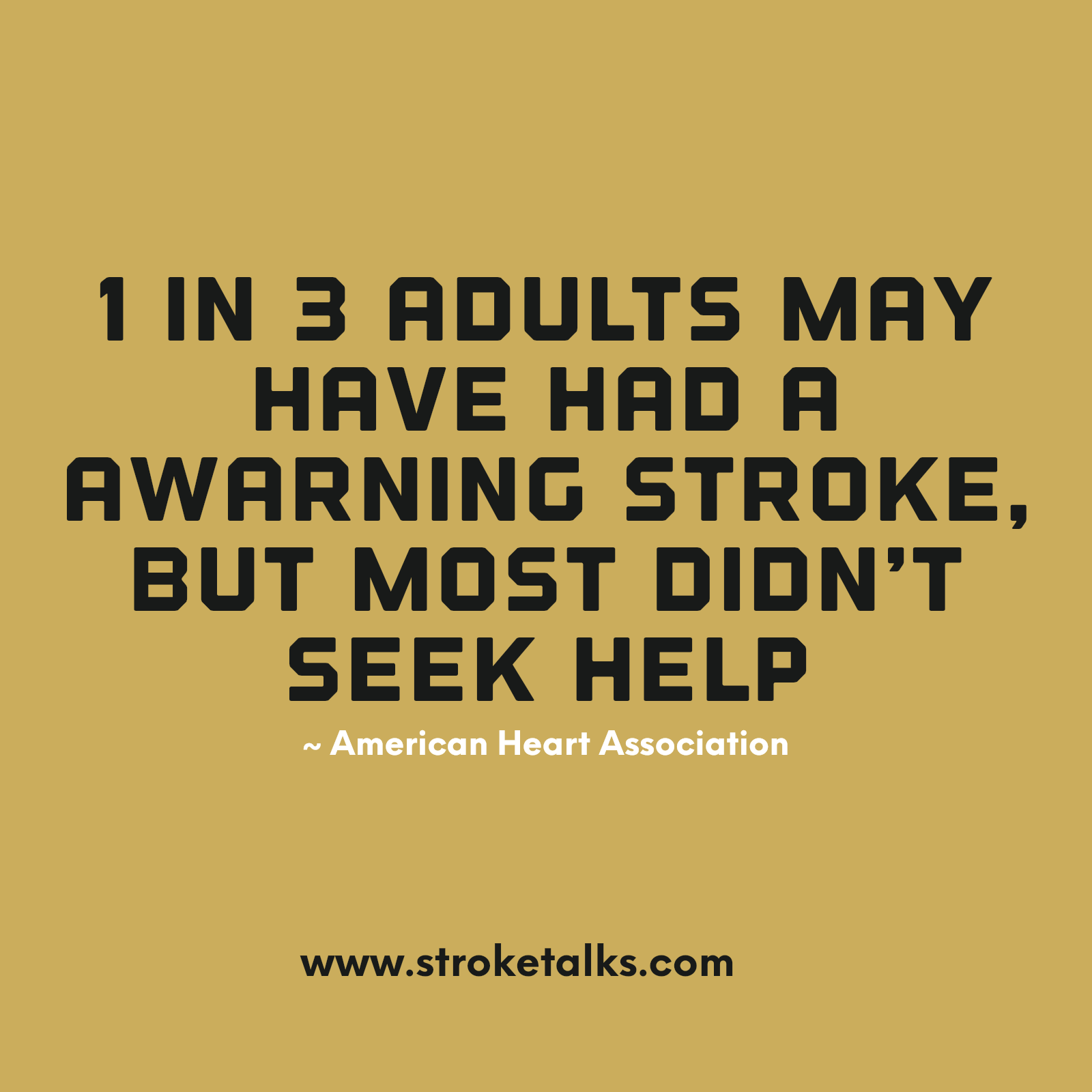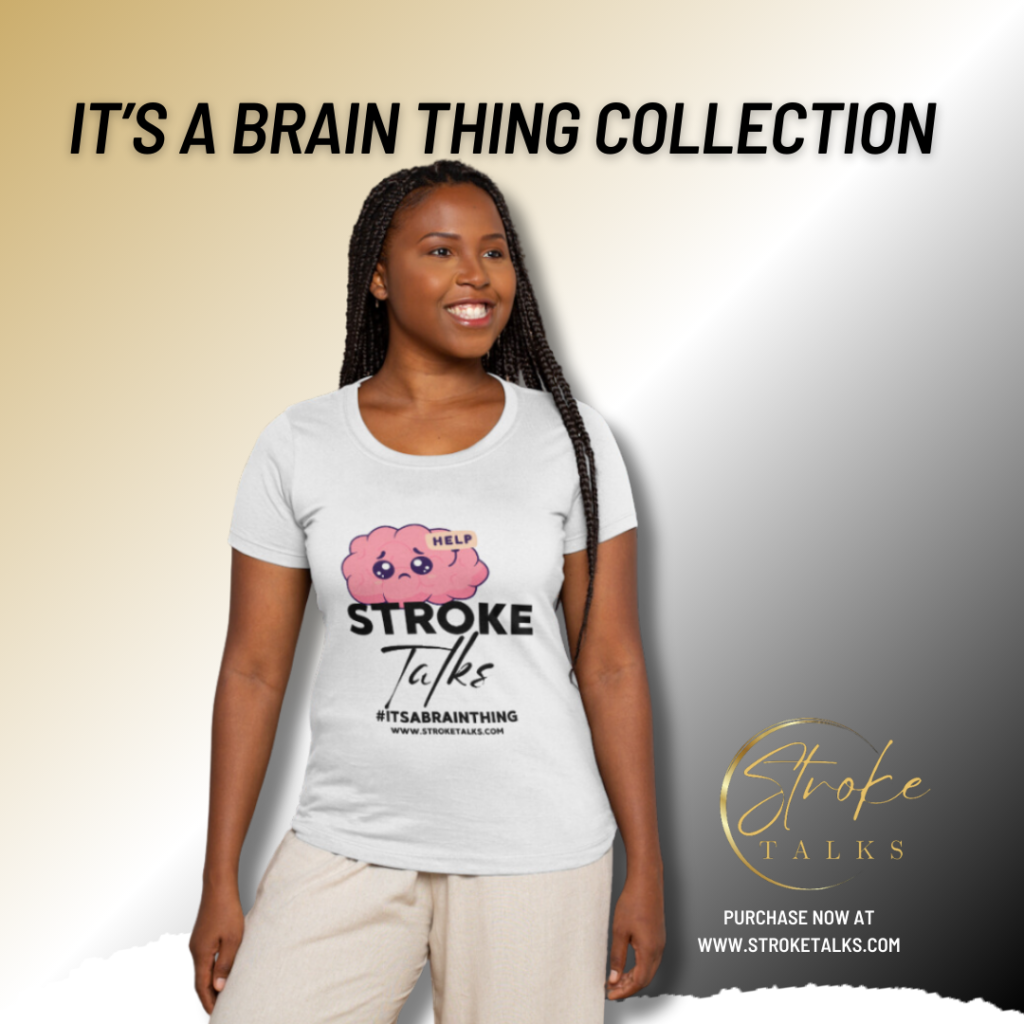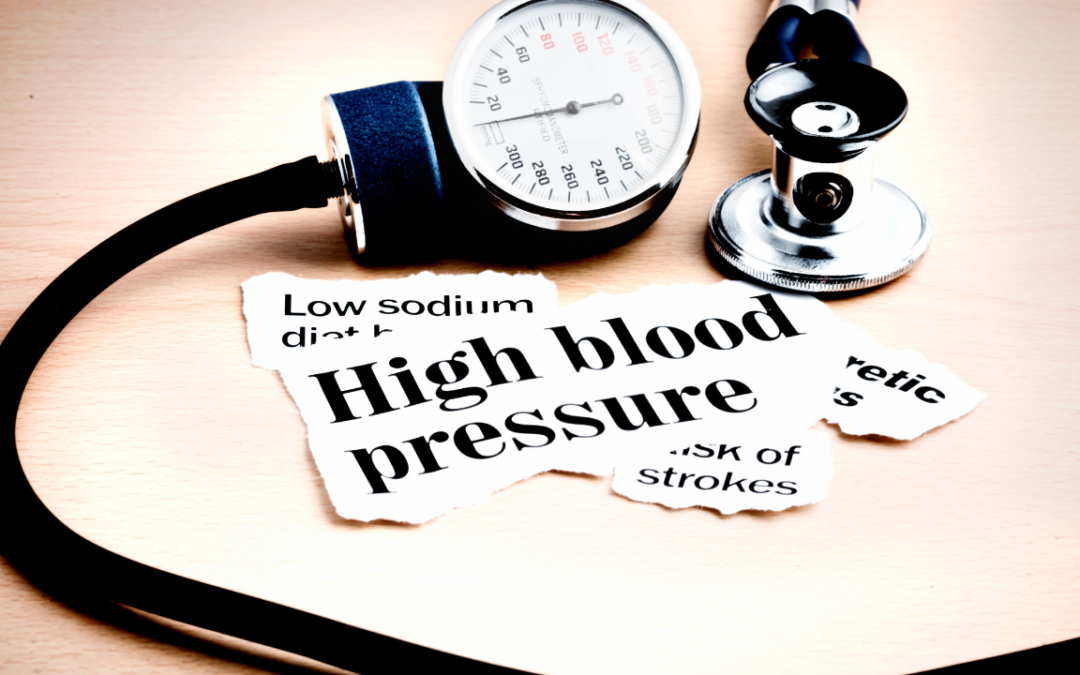
Understanding the Link Between High Blood Pressure and Stroke
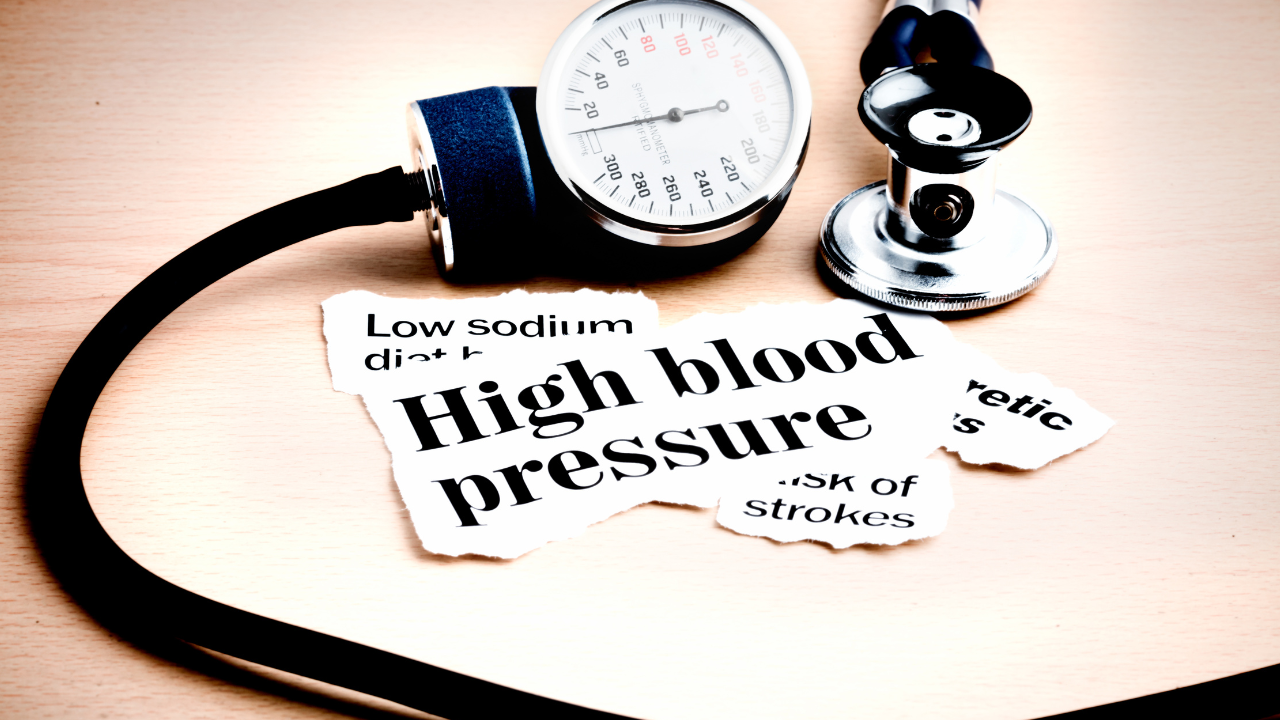
High blood pressure, or hypertension, is a prevalent medical condition affecting millions worldwide. While it might seem like a common and manageable issue, its repercussions can be severe, with one of the most alarming complications being an increased risk of stroke. In this blog post, we will talk about the intricate relationship between high blood pressure and stroke.
What is High Blood Pressure?
Blood pressure is the force exerted by the blood against the walls of the arteries as the heart pumps it around the body. High blood pressure occurs when this force is consistently too high, causing potential damage to the arteries and other vital organs.
The Connection: High Blood Pressure and Stroke
Defining Stroke
Before we explore the link between high blood pressure and stroke, it’s crucial to understand what a stroke is. A stroke occurs when the blood supply to part of the brain is disrupted or reduced, leading to damage or death of brain cells. This can have severe and lasting consequences on various bodily functions.
Medical Evidence: The Numbers Speak
Numerous scientific studies have established a compelling connection between high blood pressure and the risk of stroke. The American Heart Association (AHA) reports that individuals with high blood pressure are about four times more likely to die from a stroke than those with normal blood pressure levels.
Moreover, the Framingham Heart Study, a landmark research project, has consistently demonstrated a linear relationship between elevated blood pressure and the incidence of stroke. As blood pressure increases, so does the risk of stroke, underscoring the importance of blood pressure management.
Mechanisms at Play
Arterial Damage
High blood pressure can cause structural changes in the arteries, making them more prone to damage. The constant force of blood against the arterial walls can lead to the formation of atherosclerosis (narrowing of the arteries due to the buildup of plaque), increasing the likelihood of a blood clot that can trigger a stroke.
Hemorrhagic Stroke
While ischemic strokes (caused by a blocked artery) are more common, high blood pressure can also contribute to hemorrhagic strokes. Elevated blood pressure weakens the walls of arteries, making them more susceptible to rupture and causing bleeding into the brain.
Prevention and Management
Lifestyle Modifications
Given the strong association between high blood pressure and stroke, adopting a heart-healthy lifestyle is crucial. This includes:
- regular exercise
- a balanced diet rich in fruits and vegetables
- limited salt intake
- and moderation in alcohol consumption
Medication
In some cases, lifestyle changes alone may not be sufficient, and medication may be necessary to control blood pressure. Antihypertensive medications, prescribed by healthcare professionals, can effectively manage blood pressure and mitigate the associated stroke risk.
In conclusion, the link between high blood pressure and stroke is well-established through extensive scientific research. Understanding this connection emphasizes the importance of regular blood pressure monitoring, lifestyle modifications, and medical intervention when necessary. By taking proactive steps to manage blood pressure, individuals can significantly reduce their risk of experiencing a devastating stroke.
Remember, always consult with your healthcare professional for personalized advice and treatment.

Personal Perspective: Advocating Awareness Beyond Personal Experience
While my own stroke wasn’t directly linked to high blood pressure, I recognize the importance of raising awareness about this prevalent cause. Strokes can have diverse triggers, and each person’s health journey is unique. By emphasizing the connection between high blood pressure and strokes, I aim to contribute to a collective effort in promoting awareness and preventive measures. Advocacy and awareness are important tools in fostering a healthier society. Even if our personal experiences differ, the shared goal of preventing strokes and promoting cardiovascular well-being unites us. Let’s stand together in the pursuit of a healthier, more informed future.
Thank you for reading and joining me on this journey at Stroke Talks. Remember, as each post ends, our shared anthem of hope and resilience continues to play, inspiring and empowering us all. Until our next encounter, let this melody uplift and guide you. ~ Sybil aka MomJonz
